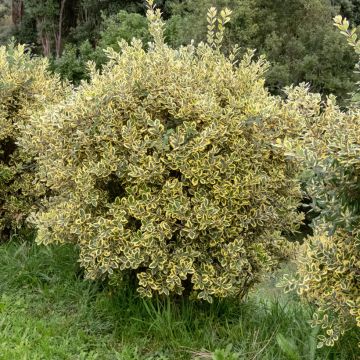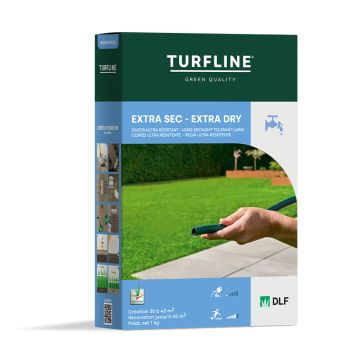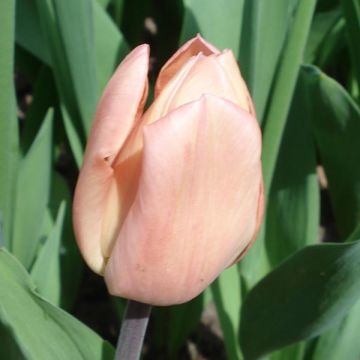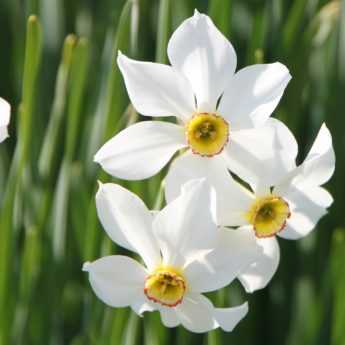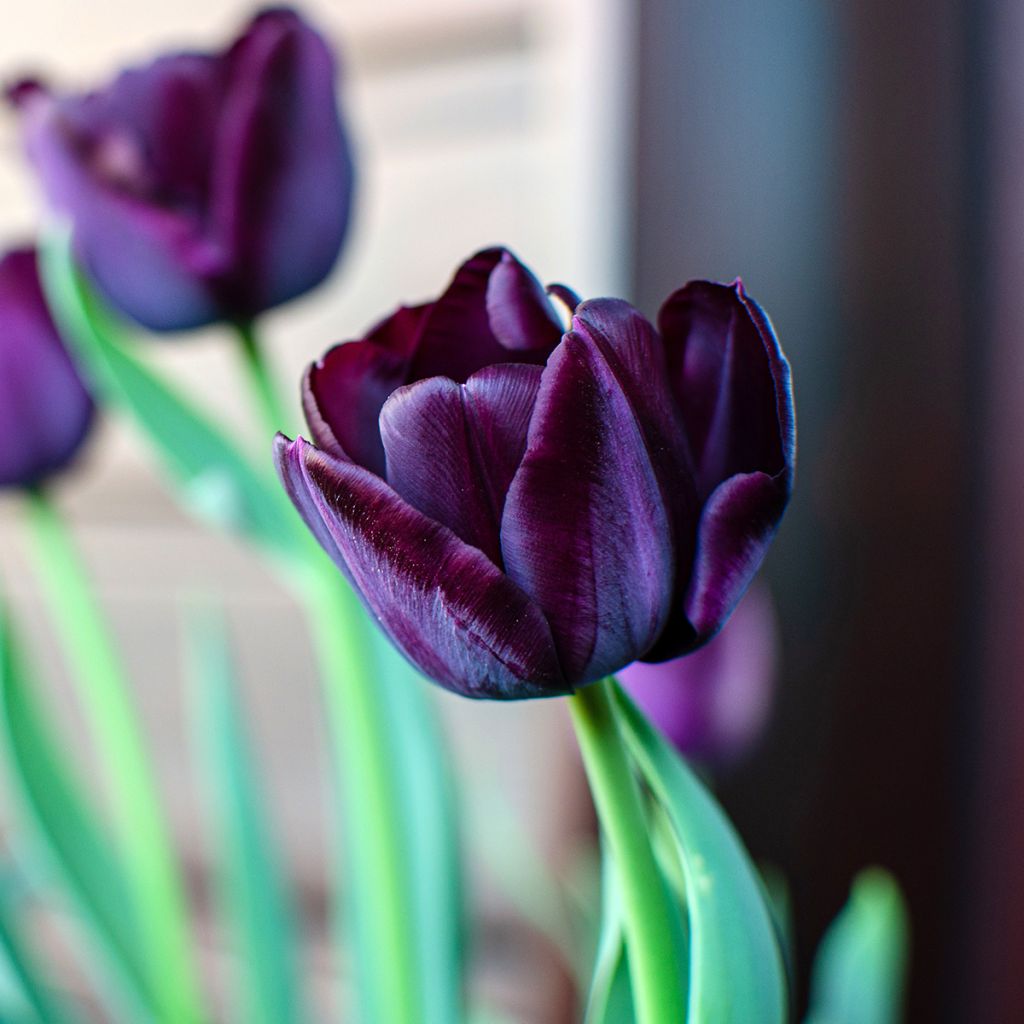

Tulipa Queen of the Night - Early simple Tulip


Tulipa Queen of the Night - Early simple Tulip


Tulipa Queen of the Night - Early simple Tulip


Tulipa Queen of the Night - Early simple Tulip


Tulipa Queen of the Night - Early simple Tulip
Tulipa Queen of the Night - Early simple Tulip
Tulipa Reine de la Nuit
Tulip
The tulips are very beautiful and bloom for a long time :)
Amandine E., 30/04/2019
Why not try an alternative variety in stock?
View all →This plant carries a 6 months recovery warranty
More information
We guarantee the quality of our plants for a full growing cycle, and will replace at our expense any plant that fails to recover under normal climatic and planting conditions.
From €7.90 for pickup delivery and €6.90 for home delivery
Express home delivery from €8.90.

Does this plant fit my garden?
Set up your Plantfit profile →
Description
Tulipa 'Queen of Night' is undoubtedly the best and darkest of the so-called "black" tulips. It remains unmatched today for its ornamental qualities and performance in the garden. It produces large corollas of a velvety dark brown-purple colour with ashy reflections, carried by long and sturdy stems. It faithfully reflowers year after year. It is one of the last to bloom in the garden, accompanying the most beautiful spring blooms in pastel tones. It is also a fabulous cut flower.
Tulipa 'Queen of the Night' is part of the ancient Darwin hybrid varieties. Of horticultural origin, it is currently classified in Division 5, whose main characteristic is late-season flowering. Among the tallest, it will reach 60cm (24in) in height when in bloom. The elegant flowers sit at the top of sturdy stems, well above the broadly lanceolate leaves. Without being truly black, the colour hovers between mahogany-brown and dark purple, depending on the light. It bears beautiful ashy reflections that make it appear almost black and iridescent, especially against the light. Flowering takes place from April to May, which makes it useful in the garden to transition between early blooms and the first summer ones.
The late single tulip 'Queen of the Night' works well in large well-drained beds, alongside leafy plants (grasses, fennel, lady's mantle) and late tulips with pastel blooms, pink tones ('Angelique'), white flowers ('Maureen'), or mauve shades ('Shirley'). It looks beautiful with perennials such as peonies or wallflowers with pastel tones. They maximise the blooming time of flower beds. You can plant them in borders, rockeries, flower beds, pots, and containers. They look wonderful on balconies and patios. The flowers are ideal for creating elegant bouquets. Only use a little water in a vase. If your tulips open too quickly, you can add two to three ice cubes to the vase each day.
Plant habit
Flowering
Foliage
Botanical data
Tulipa
Reine de la Nuit
Liliaceae
Tulip
Cultivar or hybrid
Other Single Tulips
View all →Planting and care
Plant the bulbs in well-drained, loosened soil. Plant at a depth of 15cm (6in) (the bulbs should be covered with twice their height of soil). Space the bulbs about 10cm (4in) apart. You can plant the bulbs in clumps, but make sure they don't touch each other. Choose a sunny location for better flowering.
After flowering, their foliage becomes unsightly, so we recommend planting heuchera, tiarella, brunnera, bleeding heart, or Euphorbia cyparissia at the forefront of your flower beds. Their foliage will enhance the colours of your tulips, and will elegantly conceal the tulip's yellowed leaves.
Planting period
Intended location
Care
Planting & care advice
-
, onOrder confirmed
Reply from on Promesse de fleurs
Tulips
Haven't found what you were looking for?
Hardiness is the lowest winter temperature a plant can endure without suffering serious damage or even dying. However, hardiness is affected by location (a sheltered area, such as a patio), protection (winter cover) and soil type (hardiness is improved by well-drained soil).

Photo Sharing Terms & Conditions
In order to encourage gardeners to interact and share their experiences, Promesse de fleurs offers various media enabling content to be uploaded onto its Site - in particular via the ‘Photo sharing’ module.
The User agrees to refrain from:
- Posting any content that is illegal, prejudicial, insulting, racist, inciteful to hatred, revisionist, contrary to public decency, that infringes on privacy or on the privacy rights of third parties, in particular the publicity rights of persons and goods, intellectual property rights, or the right to privacy.
- Submitting content on behalf of a third party;
- Impersonate the identity of a third party and/or publish any personal information about a third party;
In general, the User undertakes to refrain from any unethical behaviour.
All Content (in particular text, comments, files, images, photos, videos, creative works, etc.), which may be subject to property or intellectual property rights, image or other private rights, shall remain the property of the User, subject to the limited rights granted by the terms of the licence granted by Promesse de fleurs as stated below. Users are at liberty to publish or not to publish such Content on the Site, notably via the ‘Photo Sharing’ facility, and accept that this Content shall be made public and freely accessible, notably on the Internet.
Users further acknowledge, undertake to have ,and guarantee that they hold all necessary rights and permissions to publish such material on the Site, in particular with regard to the legislation in force pertaining to any privacy, property, intellectual property, image, or contractual rights, or rights of any other nature. By publishing such Content on the Site, Users acknowledge accepting full liability as publishers of the Content within the meaning of the law, and grant Promesse de fleurs, free of charge, an inclusive, worldwide licence for the said Content for the entire duration of its publication, including all reproduction, representation, up/downloading, displaying, performing, transmission, and storage rights.
Users also grant permission for their name to be linked to the Content and accept that this link may not always be made available.
By engaging in posting material, Users consent to their Content becoming automatically accessible on the Internet, in particular on other sites and/or blogs and/or web pages of the Promesse de fleurs site, including in particular social pages and the Promesse de fleurs catalogue.
Users may secure the removal of entrusted content free of charge by issuing a simple request via our contact form.

































